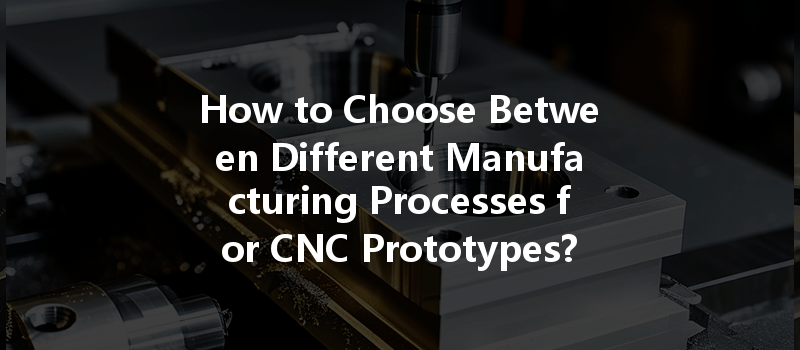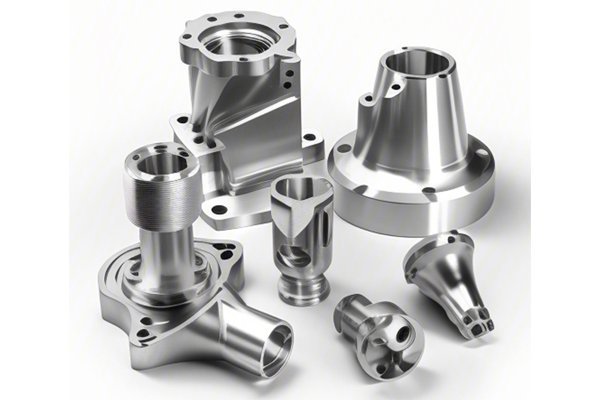In the realm of modern manufacturing, do you know that over 50% of companies experience delays and increased costs due to inadequate decision-making concerning manufacturing processes? Selecting the right manufacturing method, especially for CNC prototyping, can significantly affect both the efficiency and quality of your production process. With various manufacturing techniques available, each suited to different applications and materials, the decision can seem daunting. However, armed with the right information, you can streamline this selection process and enhance your production capabilities.
Understanding CNC Prototyping
CNC (Computer Numerical Control) prototyping is a manufacturing process that utilizes computerized controls to drive tools. This automated approach allows for high precision and repeatability in the production of parts, making it an essential process for engineers, designers, and manufacturers. CNC prototypes are created to verify designs, test functionality, and produce low-volume manufacturing runs before mass production.
Among the various manufacturing processes available, each method caters to specific needs and characteristics of the final product:
Let’s dive deeper into how to compare and choose among these processes.
Factors to Consider When Choosing a Manufacturing Process
The type of material you plan to use not only determines the manufacturing method but also impacts the engineering properties of your part. Common materials include metals (aluminum, brass, steel), plastics (ABS, Nylon), and composite materials (carbon fiber).
The complexity of the prototype significantly influences the manufacturing method choice.
Different manufacturing processes yield different tolerances. If high precision is required, CNC milling or EDM is more suitable as they can achieve tolerances as tight as +/
Are you producing a few prototypes or planning for mass production?
Budget constraints are a reality in every manufacturing project. Evaluate the cost implications of both the initial setup and production run.
If your project is time-sensitive, the speed of the manufacturing process must be evaluated.
Consider the amount of finishing work required after the initial prototype is complete.
Comparing the Manufacturing Processes
CNC Milling

Strengths:
Weaknesses:
CNC Turning
Strengths:
Weaknesses:
3D Printing
Strengths:
Weaknesses:
EDM (Electrical Discharge Machining)
Strengths:
Weaknesses:
Making the Decision
When faced with multiple options, a systematic approach can simplify the selection process:
The process of selecting the appropriate manufacturing method for CNC prototypes is far from trivial. As we’ve explored, it involves a careful analysis of various factors, including material, complexity, production volume, tolerance, cost, lead time, and post-processing needs.
Understanding these core technologies along with their individual advantages and limitations sets the groundwork to make informed decisions that will propel your production toward efficiency and effectiveness.
In a world where innovation is paramount, the choice of manufacturing process can make or break your product development strategy. Choosing wisely will not only save you time and costs but also ensure that your prototypes function as intended, paving the way for successful mass production.
In closing, always remember that whether you’re embarking on a prototype project or refining a design, the decision regarding the manufacturing process is not just a technical choice; it’s a strategic move that can impact your entire production cycle. As manufacturing technology continues to advance, having this foundational knowledge will serve you well in adapting to future developments.






